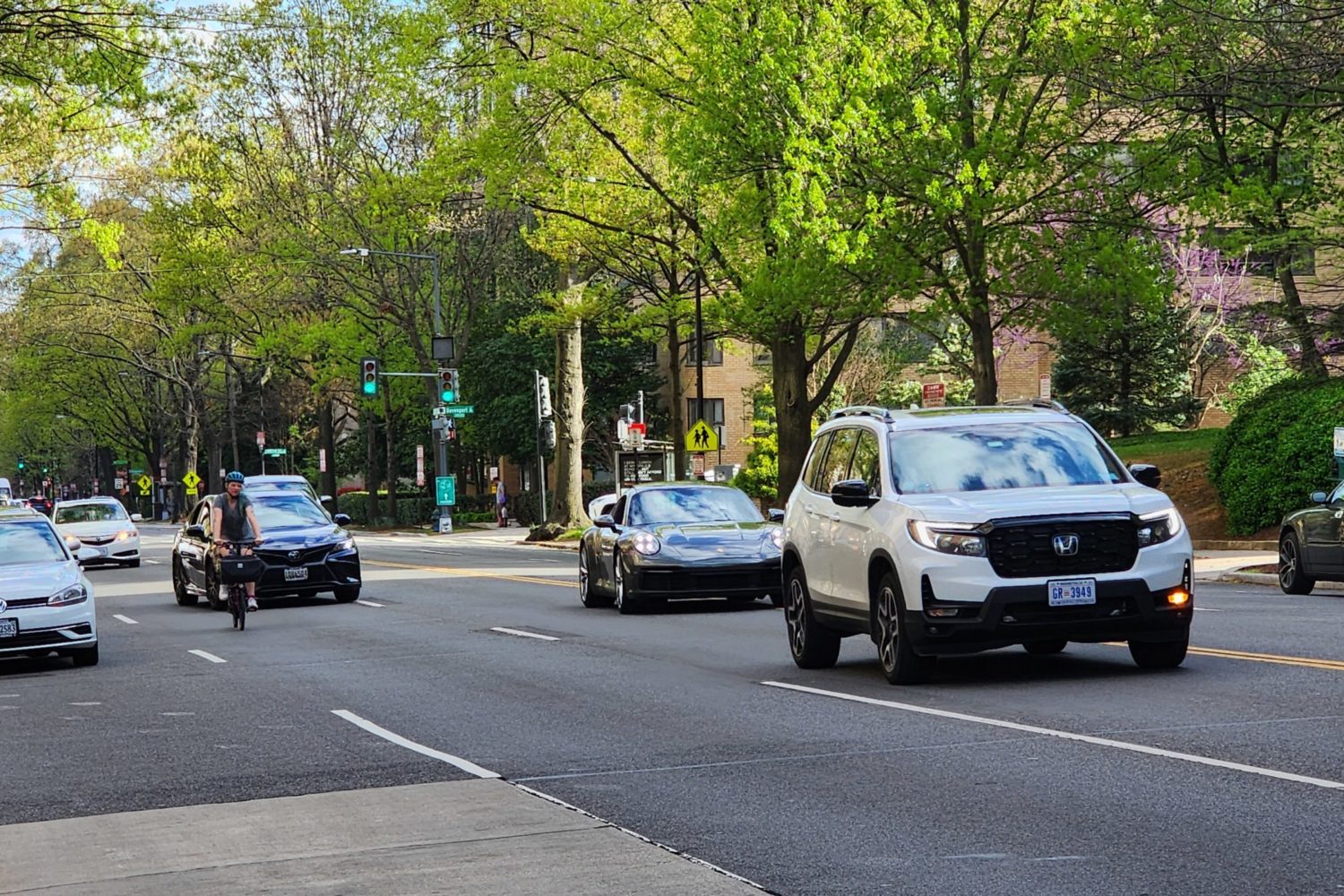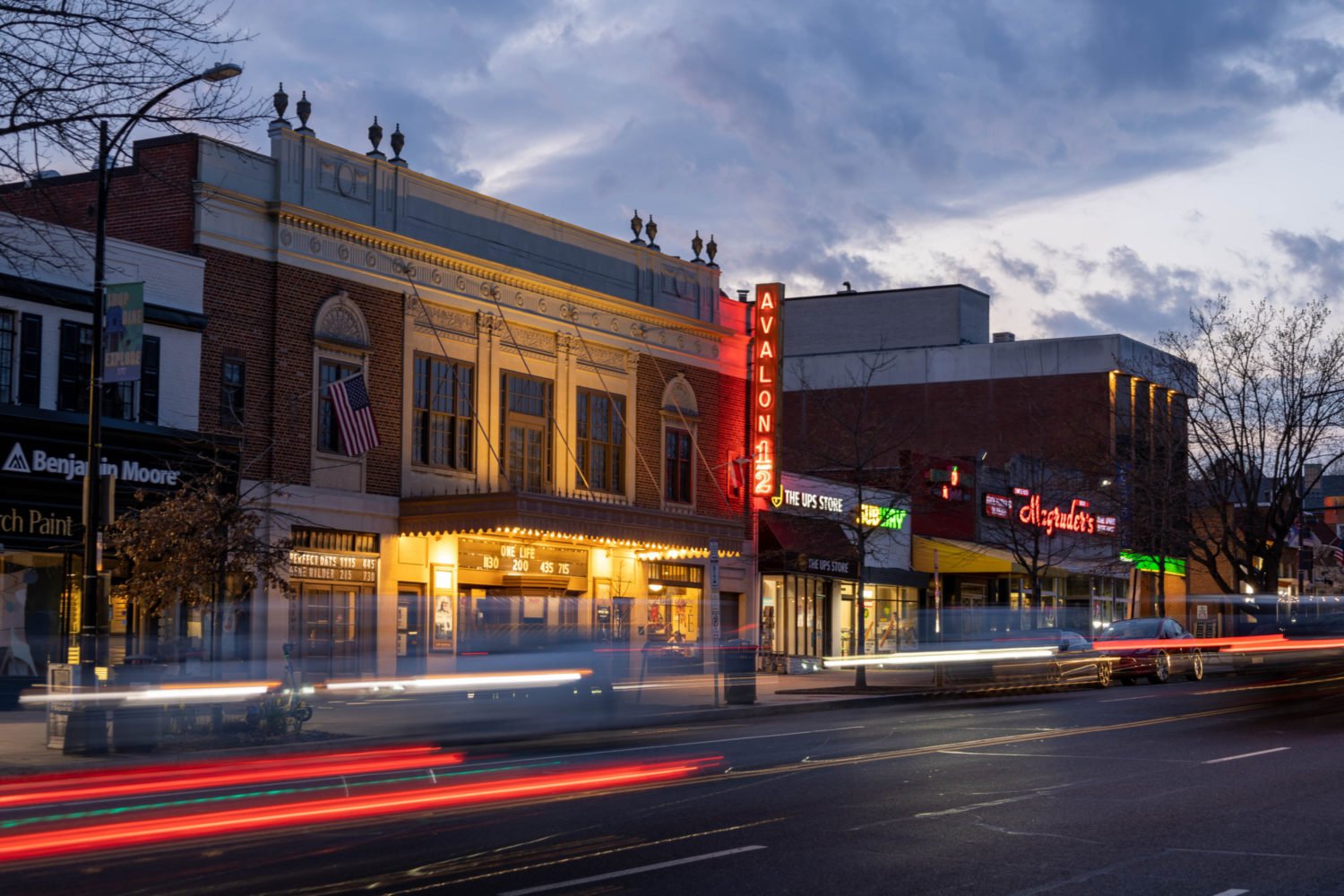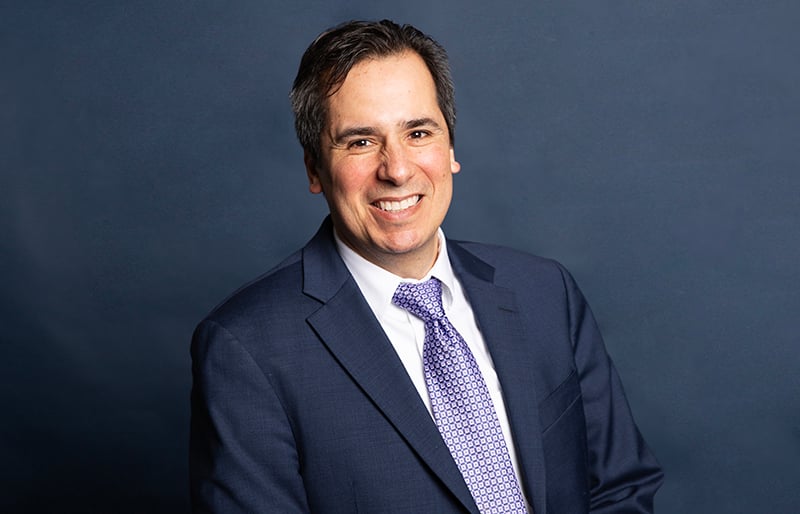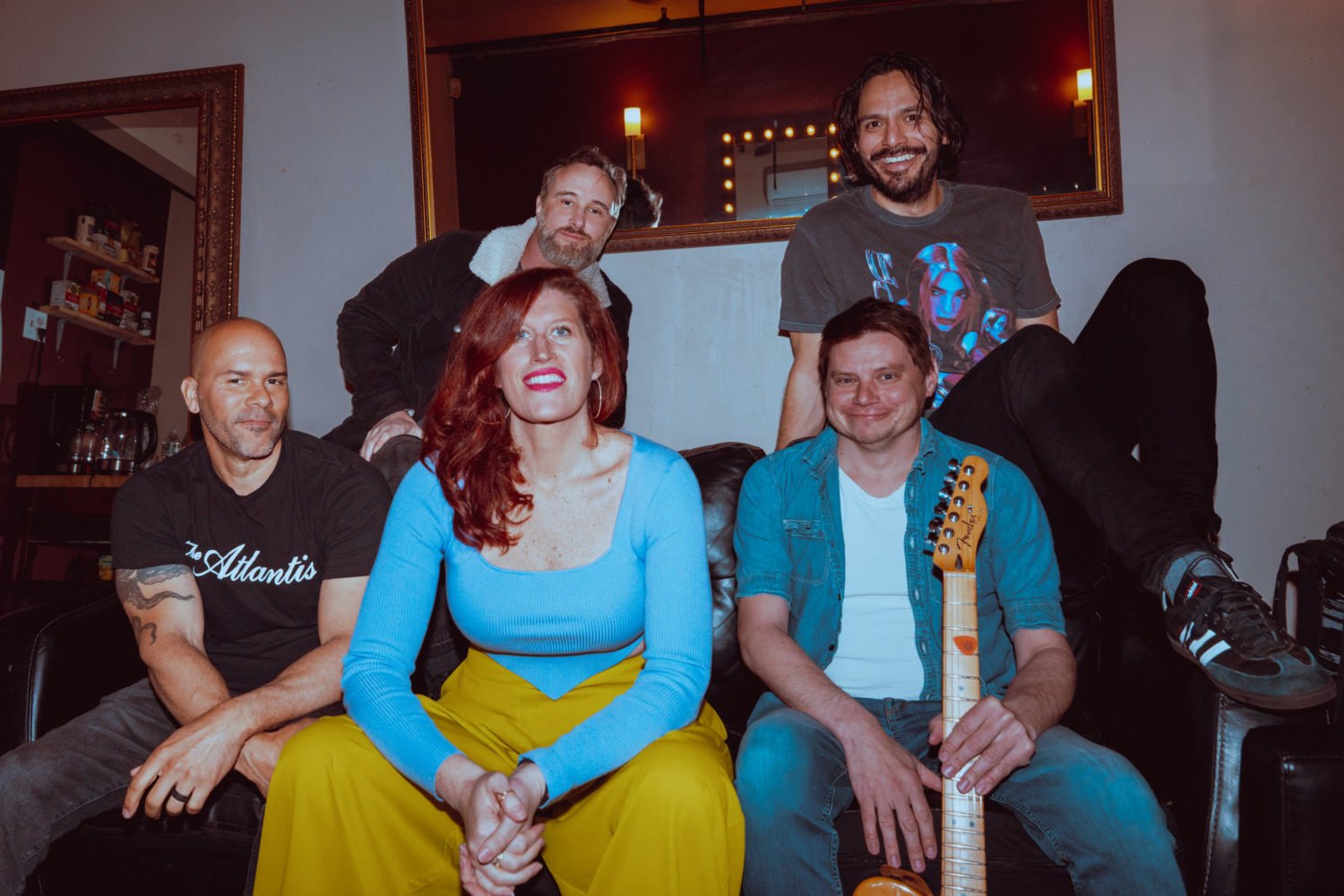In 1995, a group of Afghan doctors, taxi drivers, and restaurant owners bought an abandoned house in Annandale. They tore it down and built the $1.3-million Mustafa Center next to a strip mall. “We really wanted a mosque that was for Afghans,” says Makhdoom Zia, the center’s imam.
Like the first arrivals to America, today’s immigrants make religion a cornerstone of their new lives. Washington has become a showcase of world religions. Since 1996, the number of mosques and Friday-prayer centers has doubled. There are cathedrals, a dozen Hindu temples, and several Sikh gurdwaras. Some newcomers pool their money, save for years, and build exquisite replicas of temples of their youthÂÂ.
Worshipping with compatriots helps immigrants put down roots, preserve traditions, and build community. In addition to services, many churches, temples, and mosques offer cultural education.
Hispanic Catholics have had a big impact on the area. In 1962, only one Catholic chapel offered a Spanish-language Mass. Today, 65 churches host a service in Spanish. Others feature bilingual songs with one line in English, the next in Spanish.
Nearly four of every ten area Catholics are Hispanic. Services at some parishes are so packed that latecomers watch on large-screen televisions in a basement.
At the Diocese of Arlington, which includes 21 Virginia counties, seminarians are required to learn Spanish. Says Father José E. Hoyos, director of the Diocese’s Spanish Apostolate: “We have to keep up with the needs of the community.”
A Mosque of their own
“A mosque is much more than a place of worship,” says Makhdoom Zia, imam of the Mustafa Center in Annandale. “It’s where the community gathers and connects with each other.”
On weekends, Mustafa offers children language classes in Arabic, Pashtu, and Farsi. Adults join discussion groups about issues facing Muslim Americans.
It’s not unusual for 1,000 people to attend Friday’s prayers. Shoes are stuffed in gray cubicles in the entry. Women wear headÂscarves. Worshipers wash hands and feet in long communal baths so they’re pure for prayers. The church across the street open its parking lots, and the mosque repays the favor on Sundays.
In the prayer hall, five crystal chandeliers donated by a mosque in Turkey hang from the ceiling. During prayers, worshipers kneel on a plush green rug, a gift from a mosque in Saudi Arabia. Blue tiles with Arabic writing line the walls over the pulpit: in the name of god, most compassionate, most remorseful.
“just like cambodia”
Outside Cambodia’s capital city of Phnom Penh, you can find the inspiration for Silver Spring’s Cambodian Buddhist Temple. Everything—from the temple’s yellow-tan color to the dragon tails on the roof—was painstakingly copied.
Cambodian refugees founded the temple in 1978, worshipping in a home in Oxon Hill before moving to two adjacent houses in New Carrollton. They built the temple after Oung Mean, a popular leader of the temple, raised $1.6 million from refugees across the country.
With Cambodian newspapers, language instruction, and dance and music classes, the temple reconnects members with their homeland. Says Sovan Tun, president of the temple’s board of governors: “When people come to our temple, they say, ‘Wow. It’s just like Cambodia.’ ”
A reminder of home
It took nearly 20 years for Hindu immigrants to build the Sri Siva Vishnu Temple. In 1984, a small group of professionals from India bought a split-level house and four acres in Lanham for $155,000. There they displayed granite statues of Hindu gods and hired a priest.
Over the years, the temple’s board acquired 12 more acres. Today, the property is the site of a $10-million prayer hall. An architect from southern India designed the temple’s interior, and 17 artisans flew in and worked for four years on shrines and figurines.
“We wanted future generations to be reminded of the rich architecture that exists in India,” says temple president Narayanswamy Subramanian.
Priests walk to work on paved paths connecting the temple with nearby houses. Two cooks plus volunteers bring in 25 percent of the temple’s income selling Indian food after prayers on weekends. Yoga classes are offered. Prayers are conducted in Sanskrit, which children are taught in classes.
About 2,000 people attend weekday servÂices. Holiday numbers can swell to 10,000.

















